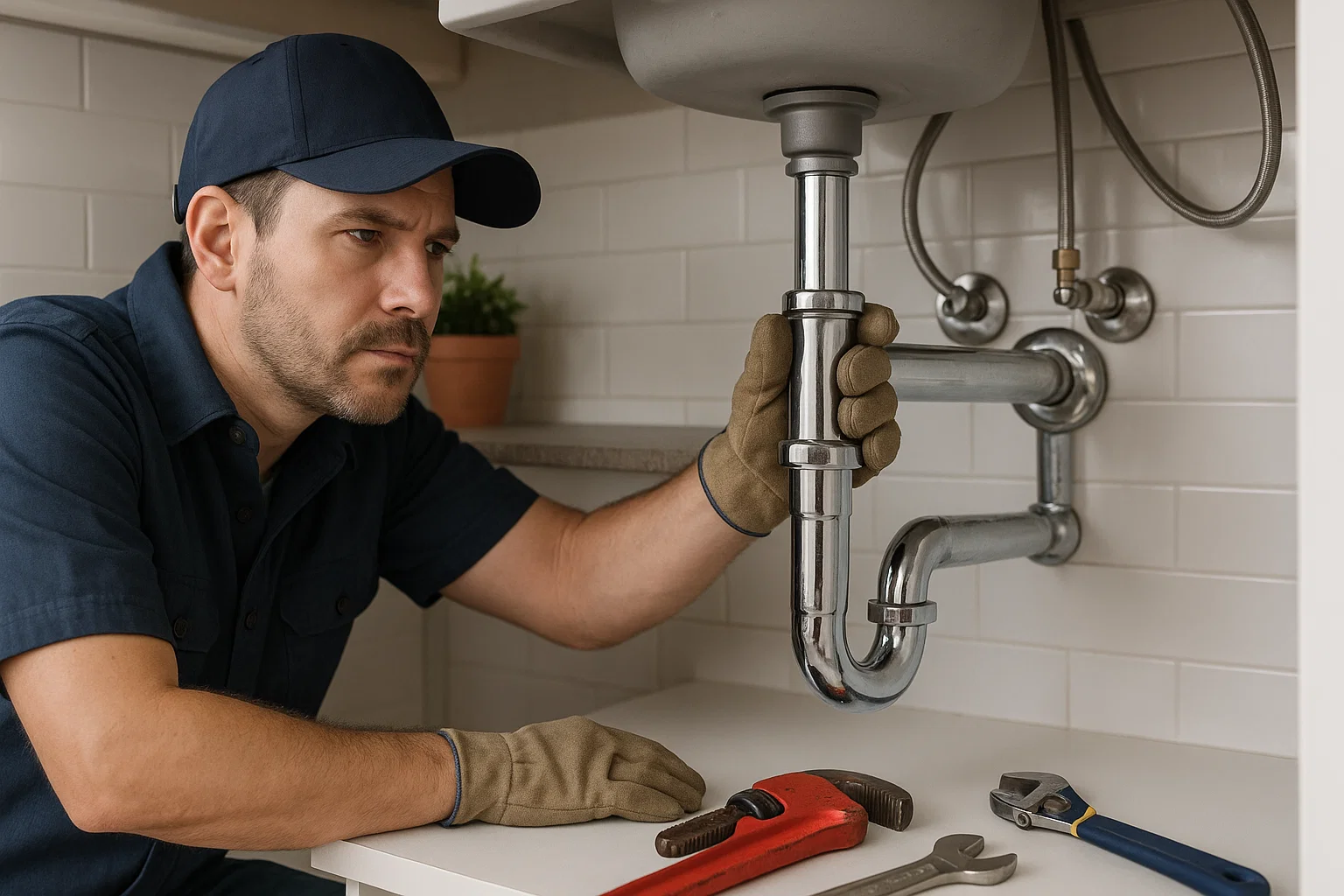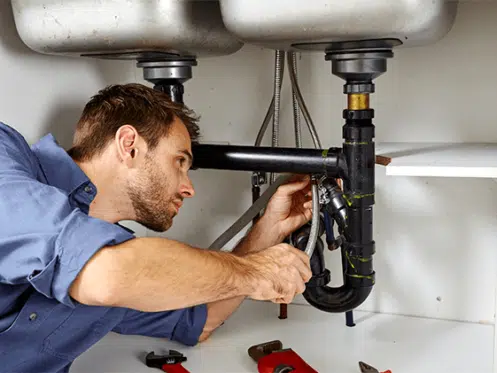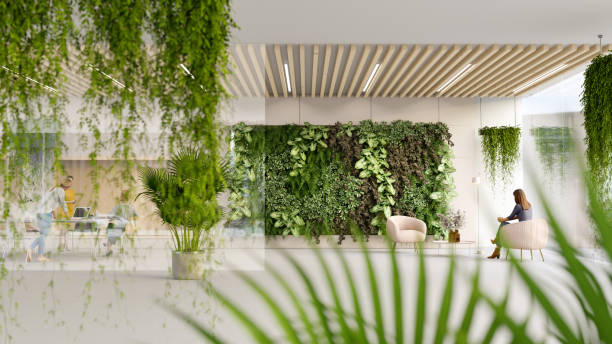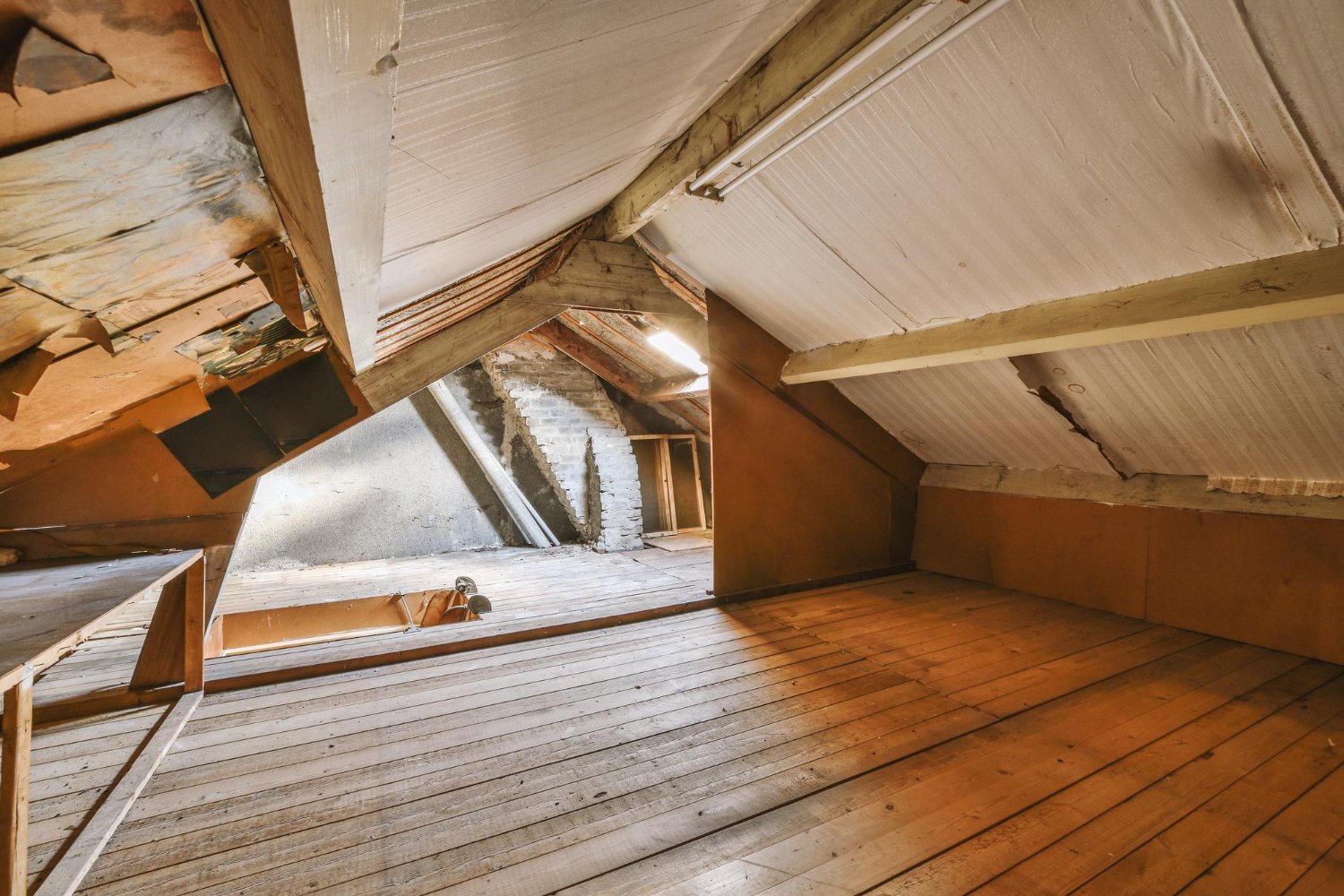Designing the perfect laundry room plumbing layout is crucial for homeowners and real estate developers alike. A well-planned layout ensures smooth operation, minimizes potential problems, and enhances the functionality of your laundry space. Let’s explore the key considerations for creating an efficient plumbing layout that meets your needs.

Understanding the Basics of Laundry Room Plumbing
Before diving into the specifics, it’s essential to grasp the fundamentals of laundry room plumbing. This involves understanding the necessary components, such as water supply lines, drain lines, and venting systems. Proper knowledge of these elements will guide you in making informed decisions about your plumbing layout.
Water Supply Lines
The first step in designing a laundry room plumbing layout is planning the water supply lines. These lines provide the necessary water for your washing machine and any additional sinks or appliances in the room. Ensuring that these lines are correctly installed will prevent leaks and maintain water pressure.
Drain Lines and Venting
Equally important are the drain lines and venting systems. Drain lines carry wastewater away from your appliances, while venting systems prevent sewer gases from entering the home. Proper installation of these components is vital for a functional and odor-free laundry room.
Key Considerations for an Efficient Layout
When planning your laundry room plumbing layout, several factors must be considered to ensure efficiency and functionality. These include the location of plumbing fixtures, the type of appliances used, and the overall design of the room.
Location of Plumbing Fixtures
The placement of plumbing fixtures is critical in creating an efficient layout. Ideally, the washing machine should be close to the utility sink to facilitate easy water access and drainage. Additionally, consider the location of electrical outlets and lighting to ensure safety and convenience.
Choosing the Right Appliances
Selecting the right appliances is another essential aspect. Modern washing machines and dryers come with various features that can affect your plumbing layout. Opt for energy-efficient models that require less water and power, contributing to a more sustainable home.
Common Mistakes to Avoid
Even with careful planning, mistakes can occur during the design and installation of a laundry room plumbing layout. Avoiding common pitfalls will save you time and money in the long run.
Ignoring Local Building Codes
One of the most significant mistakes is overlooking local building codes and regulations. These codes provide guidelines for safe and efficient plumbing installations. Ensure that your layout complies with all relevant codes to avoid costly fines and renovations.
Overlooking Ventilation
Proper ventilation is often overlooked in laundry room designs. A well-ventilated space prevents moisture buildup, reducing the risk of mold and mildew. Incorporate exhaust fans or windows to maintain air circulation.
Innovative Design Ideas
Incorporating innovative design ideas into your laundry room plumbing layout can enhance its aesthetics and functionality. Consider features like built-in cabinets, folding stations, and energy-efficient lighting to create a space that’s both practical and stylish.
Space-Saving Solutions
For smaller laundry rooms, space-saving solutions are essential. Stackable washer and dryer units, wall-mounted drying racks, and compact sinks can maximize available space without compromising functionality.
Eco-Friendly Options
Embracing eco-friendly options is not only good for the environment but also beneficial for your home. Low-flow faucets, water-efficient appliances, and sustainable materials contribute to a greener laundry room.
Maintaining Your Laundry Room Plumbing
Once your laundry room plumbing layout is in place, regular maintenance is crucial to ensure its longevity and efficiency. Simple practices like checking for leaks, cleaning drain lines, and inspecting hoses can prevent major issues.
Regular Inspections
Conduct regular inspections of your plumbing system to identify potential problems early. Look for signs of wear and tear, such as cracks in hoses or loose connections, and address them promptly.
Professional Maintenance
Consider hiring a professional plumber for periodic maintenance. A skilled plumber can perform thorough checks and provide expert advice on keeping your system in optimal condition.
Conclusion
Designing an efficient laundry room plumbing layout requires careful planning and consideration of various factors. By understanding the basics, avoiding common mistakes, and incorporating innovative ideas, you can create a functional and aesthetically pleasing laundry space. Regular maintenance ensures the longevity of your plumbing system, providing peace of mind for years to come.

FAQs
What are the essential components of a laundry room plumbing layout?
The essential components include water supply lines, drain lines, and venting systems. These elements work together to ensure the efficient operation of your laundry room.
How can I make my laundry room more eco-friendly?
Opt for energy-efficient appliances, low-flow faucets, and sustainable materials. These choices contribute to a greener and more environmentally friendly space.
Why is proper ventilation important in a laundry room?
Proper ventilation prevents moisture buildup, reducing the risk of mold and mildew. It ensures a healthy and comfortable environment within your home.
For more information on plumbing layouts, visit Angi’s guide on plumbing tips.
For detailed guidance on plumbing requirements, check out Bruce Massey’s plumbing guide.
This article contains affiliate links. We may earn a commission at no extra cost to you.



